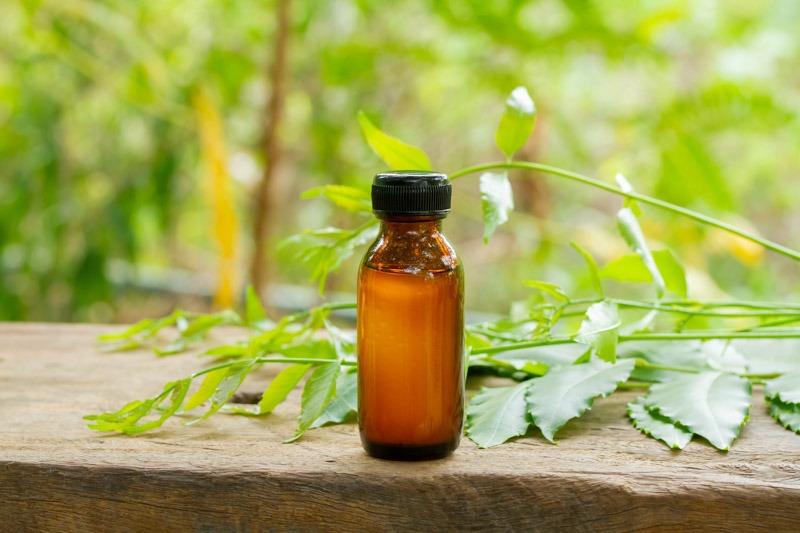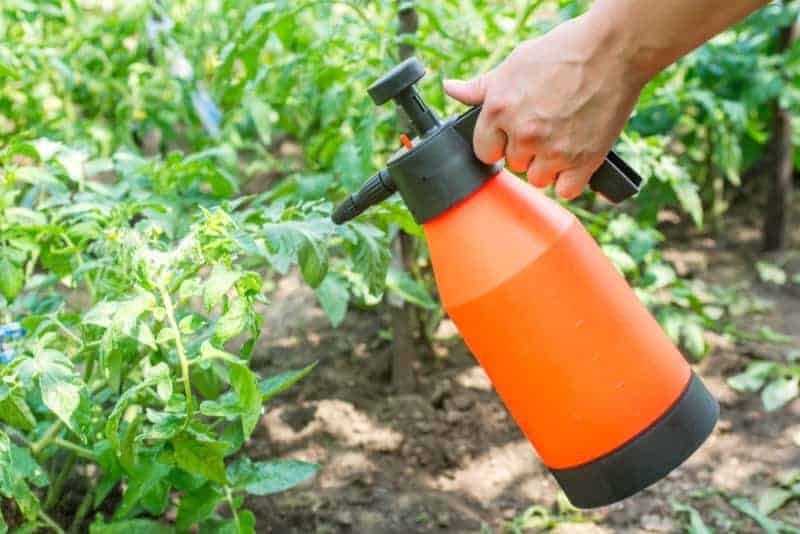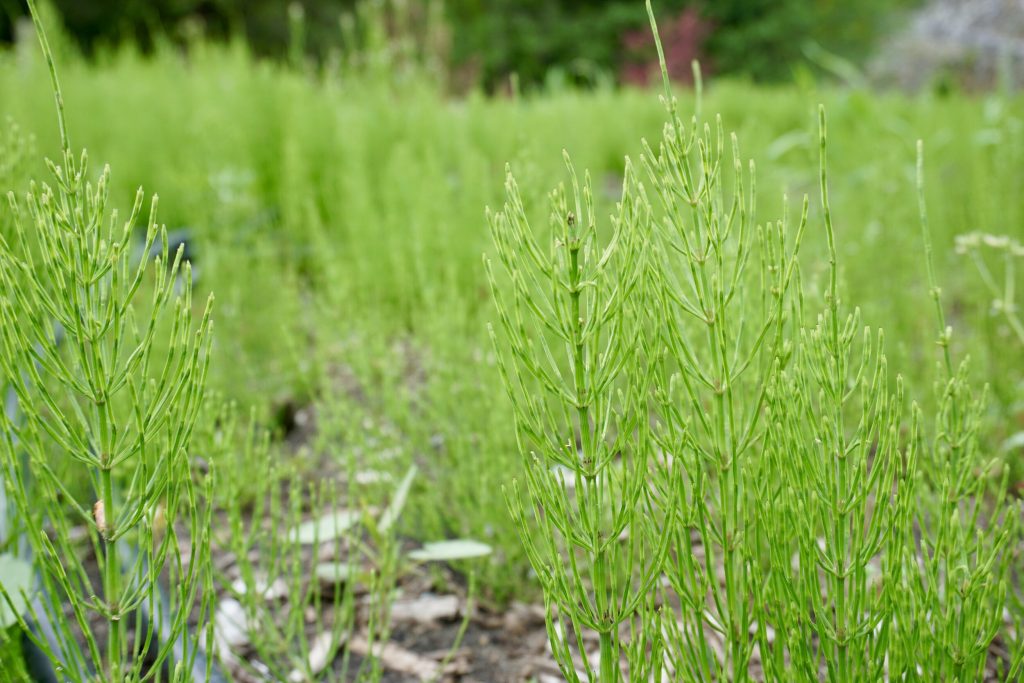Natural fungicide for plants is the safest and most eco-friendly way to protect your garden from fungal diseases. Instead of relying on chemical sprays, more and more gardeners now choose organic solutions to fight mildew, blight, and other harmful pathogens—without harming the environment.
Why Choose a Natural Fungicide for Plants?
Conventional fungicides often contain synthetic chemicals that can harm pollinators, contaminate soil, and pose health risks to humans and pets. In contrast, natural fungicides for plants are derived from naturally occurring substances such as plant extracts, minerals, and beneficial microorganisms.
Benefits of Using Natural Fungicides:
- Safe for children, pets, and beneficial insects
- Biodegradable and environmentally friendly
- Supports sustainable gardening practices
- Prevents chemical resistance in pathogens
Most Effective Natural Fungicides for Plants
Here are some of the most trusted natural fungicides for plants that have shown consistent results in scientific studies and practical gardening:
1. Neem Oil
Neem oil is a powerful antifungal agent extracted from the neem tree (Azadirachta indica). It disrupts fungal growth and prevents spore germination. Ideal for powdery mildew, black spot, and rust.
How to use: Mix 2 tablespoons of neem oil with 1 gallon of water and spray weekly.

2. Baking Soda Spray
Baking soda (sodium bicarbonate) changes the pH on the leaf surface, making it inhospitable for fungal spores.
Recipe:
- 1 tablespoon baking soda
- 1 teaspoon liquid soap
- 1 gallon water
Spray every 7–10 days, especially during humid periods.

3. Horsetail Tea (Equisetum arvense)
Rich in silica, horsetail tea strengthens plant cell walls and improves resistance to fungal invasion.
Application: Brew dried horsetail in boiling water, strain, dilute 1:5 with water, and spray every two weeks.

4. Copper and Sulfur-Based Natural Sprays
These minerals are allowed in organic farming and are effective against a broad range of fungi like blight and mildew.
⚠️ Note: Use sparingly, as excessive application can build up in the soil.
Additional Organic Practices to Prevent Fungal Infections
Using a natural fungicide for plants is just one part of an integrated disease management approach. Here are some additional steps:
- Improve air circulation by proper spacing and pruning.
- Water early in the morning to allow leaves to dry quickly.
- Use disease-resistant plant varieties when possible.
- Rotate crops and avoid planting the same species in the same soil each year.
DIY Natural Fungicide for Plants (Simple Recipe)
If you prefer homemade solutions, here’s an easy and effective natural fungicide for plants recipe:
Ingredients:
- 1 tablespoon apple cider vinegar
- 1 l water
- 1 teaspoon mild liquid soap
Mix and spray on affected plants every 5–7 days during active outbreaks.
When to Use a Natural Fungicide for Plants
Timely application is key. Use a natural fungicide for plants:
- At the first signs of fungal infection
- As a preventive spray during moist seasons
- After rainfall or high humidity events
Final Thoughts
Switching to a natural fungicide for plants is a smart move for environmentally conscious gardeners. Not only does it protect your crops from harmful fungi, but it also preserves the health of your garden ecosystem. Whether you’re growing vegetables, flowers, or herbs, natural solutions are both effective and sustainable.
Take the organic route—your plants (and the planet) will thank you!
Visit our Main Site!